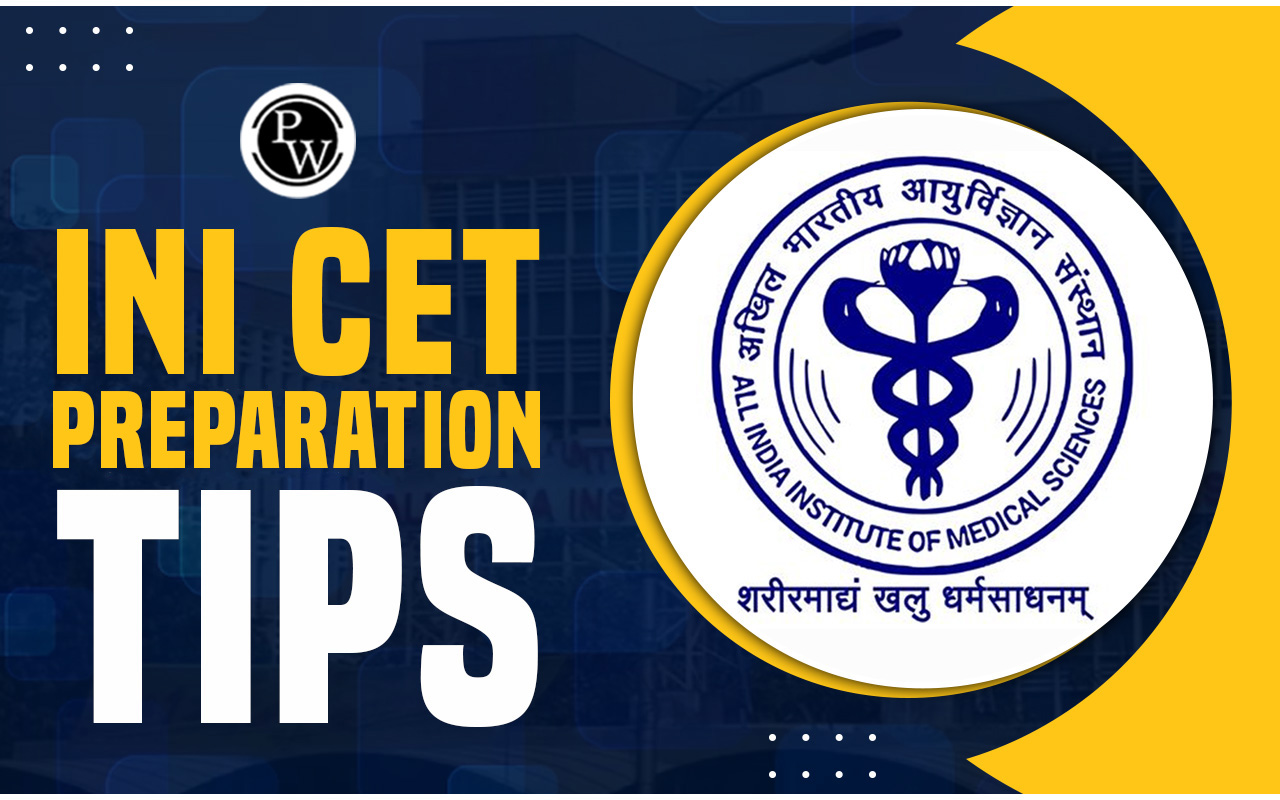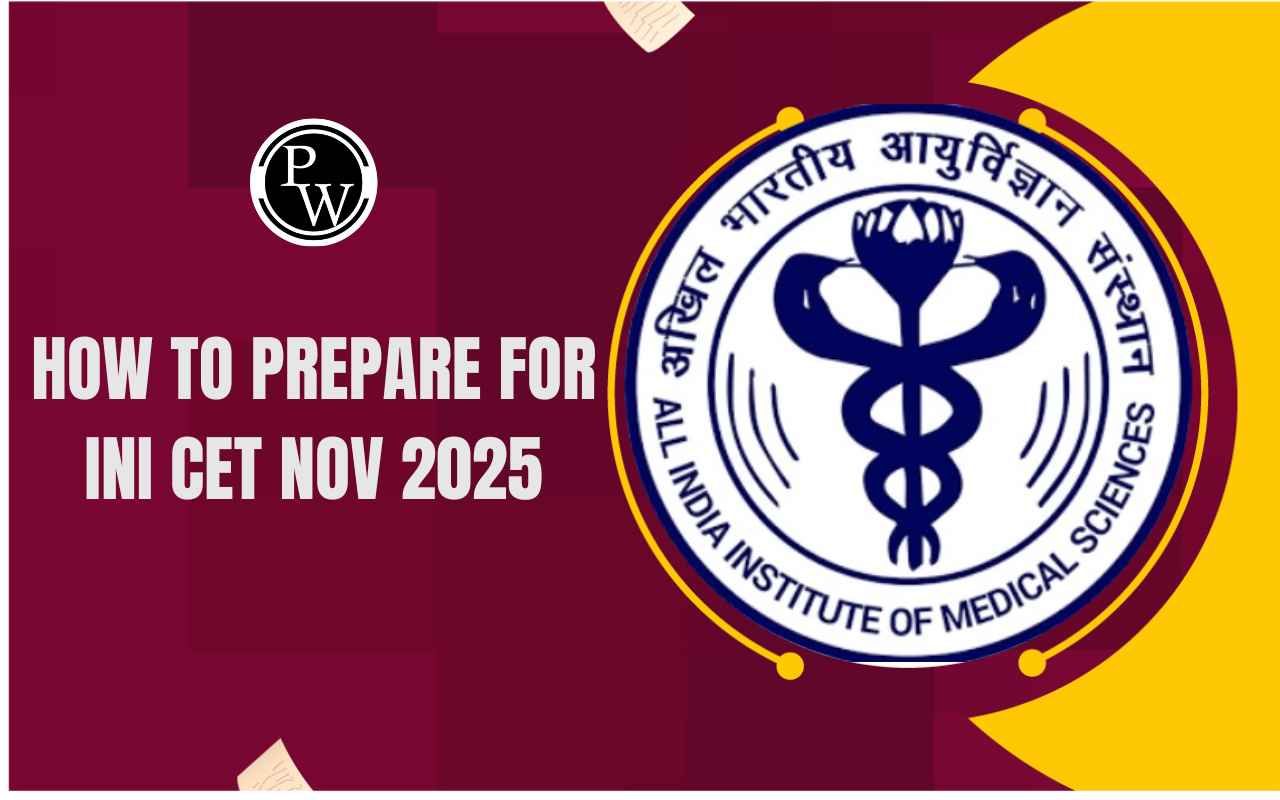

Government Doctor Salaries in India: Doctors play one of the most important roles in our society. They save lives, promote health, and help people recover from illness. In India, the government provides healthcare services through hospitals, primary health centres (PHCs), and community health centres (CHCs). These hospitals employ thousands of doctors who work hard to improve public health.
Knowing about the Government Doctor Salaries in India is important for students who wish to become doctors. The salaries depend on several factors, including experience, qualification, and the state they serve.
Government Doctor Salaries in India Overview
Government Doctor Salaries in India ensure financial stability and respect in society. They are paid according to pay commission guidelines, which are revised periodically by the central or state government. At the entry level, a government doctor who has just completed an MBBS degree can earn between ₹60,000 to ₹90,000 per month. This includes basic pay, allowances, and grade pay. An overview of the Government Doctor Salaries in India is provided in the table below:
| Government Doctor Salaries in India Overview | |
| Qualification | Salary Range (in INR/per month) |
| MBBS Doctors | 50,000 – 1,50,000 |
| BDS Doctors | 40,000 – 1,00,000 |
| BAMS and BHMS Doctors | 40,000 – 1,00,000 |
| Veterinary Doctors | 40,000 – 1,20,000 |
| Specialist Doctors (MD/MS) | 1,00,000 – 3,00,000 |
| Super-Specialists | Up to 5,00,000 |
State-Wise Salary Government Doctors
Government doctor salaries vary across different states in India. These differences occur due to state budget allocations, local pay structures, and cost of living. The details related to the state-wise salary insights for Government Doctors are provided in the table below:
| State-Wise Salary for Government Doctors | |||
| State | MBBS Doctors(INR/Per Month) | Specialists (INR/Per Month) | Benefits and Perks |
| Tamil Nadu | 60,000 – 1,25,000 | Up to ₹2,00,000 | Housing allowance, health insurance, and rural posting bonuses |
| Kerala | 50,000 – 1,20,000 | Up to ₹2,50,000 | Healthcare benefits, children’s education allowance |
| Uttar Pradesh | 50,000 – 1,50,000 | Up to ₹5,00,000 | High rural posting incentives |
| Rajasthan | 55,000 – 1,30,000 | Up to ₹2,50,000 | Pension, accommodation, and transport allowance |
| Maharashtra | 50,000 – 1,20,000 | Competitive packages | Performance-linked bonuses |
Government Doctor Salaries in India by Qualifications
The qualification of a doctor has a big impact on their salary. In India, there are different stages of medical education — MBBS, MD/MS, and super-specialisations like DM or MCh. A doctor with 15 years of government service may receive grade pay hikes, leadership roles, and pension benefits.
| Government Doctor Salaries in India by Qualifications | |||
| Qualification | Starting Salary(INR/Month) | Mid-Career Salary (INR/Month) | Experienced Salary (INR/Month) |
| MBBS Doctors | 40,000 – 50,000 | 75,000 – 1,00,000 | 1,20,000 – 1,50,000 |
| BDS Doctors | 40,000 – 50,000 | 60,000 – 80,000 | Up to 1,00,000 |
| BAMS and BHMS Doctors | 40,000 – 50,000 | 60,000 – 80,000 | Up to 1,00,000 |
| Veterinary Doctors | 40,000 – 50,000 | 60,000 – 75,000 | Up to 1,20,000 |
| Specialist Doctors (MD/MS) | 1,00,000 – 1,50,000 | 2,00,000+ | Up to 3,00,000 |
| Super-Specialists | 2,00,000+ | Up to 5,00,000 | |
Benefits and Perks for Government Doctors
Working as a government doctor in India comes with many benefits beyond the basic salary. These benefits make the job both secure and satisfying. These benefits make the government medical service not just a noble profession but also a secure and rewarding career choice. Some of the benefits associated with Government Doctors in India are as follows:
-
Job Security: Government jobs are known for their stability. Once appointed, doctors usually have a secure career till retirement.
-
Pension and Retirement Benefits: After retirement, doctors receive pensions, gratuity, and other benefits, ensuring financial safety in old age.
-
Housing Allowance or Quarters: Many doctors are given government quarters or a House Rent Allowance (HRA) to manage living expenses, especially in expensive cities.
-
Medical and Health Benefits: Government doctors and their families receive free or subsidised medical treatment in public hospitals.
-
Leave and Holidays: They enjoy paid leaves such as casual leave, earned leave, and maternity or paternity leave.
-
Promotion and Career Growth: Doctors are promoted based on service years, experience, and performance. Roles like Chief Medical Officer or Director of Health Services offer higher pay and status.
-
Study Leave and Training: The government encourages continuous learning by offering study leave or sponsorship for higher studies and training programs.
-
Rural Posting Incentives: Doctors serving in remote or difficult areas receive extra allowances and appreciation for their service.
-
Travel and Transport Allowances: Reimbursement for travel expenses and official duty trips is also provided.
Challenges and Solutions in Government Doctor Roles
While the job of a government doctor is respected and well-paid, it also comes with certain challenges. Some of the common challenges associated with Government Doctors in India are provided below:
|
Challenges and Solutions in Government Doctor Roles |
|
|
Challenges |
Solutions |
|
Heavy Workload: In many government hospitals, there are more patients than available doctors. This leads to long working hours and high pressure. |
Increase in Staff: Hiring more doctors, nurses, and support staff can help reduce the workload and improve efficiency. |
|
Limited Infrastructure: Some hospitals in rural or semi-urban areas lack modern medical equipment and facilities. |
Better Infrastructure: Upgrading hospitals with modern equipment and digital systems can make healthcare more effective. |
|
Administrative Duties: Doctors sometimes spend extra time on paperwork, which takes away from patient care. |
Efficient Administration: Simplifying paperwork through online systems will allow doctors to focus more on patients. |
|
Rural Posting Difficulties: Many doctors face challenges, including a lack of accommodation, long travel distances, and limited support in rural areas. |
Incentives for Rural Service: Providing higher pay, better housing, and education facilities for families can motivate doctors to work in rural areas. |
|
Salary Delays: In some states, there may be delays in the release of salaries or allowances due to administrative reasons. |
Timely Payments: Ensuring that all states release salaries and allowances on time will boost morale and job satisfaction. |
Government Doctor Salaries in India FAQs
What is the average salary of a government doctor in India?
How much does a government doctor earn in different states of India?
How do qualifications affect the salary of government doctors in India?
What benefits do government doctors receive apart from their salary?
What challenges do government doctors face in India?












